Cow sling for downer cows – Cow slings for downer cows are indispensable tools for cattle farmers, providing a safe and efficient way to handle cows that are unable to stand. These slings are specially designed to support the cow’s weight and prevent injury during lifting and transport.
This comprehensive guide delves into the world of cow slings, exploring their purpose, types, design, safety considerations, maintenance, and alternative methods for handling downer cows. With a focus on clarity and practicality, this guide empowers cattle farmers with the knowledge and techniques they need to ensure the well-being of their animals.
Cow Sling Purpose and Applications
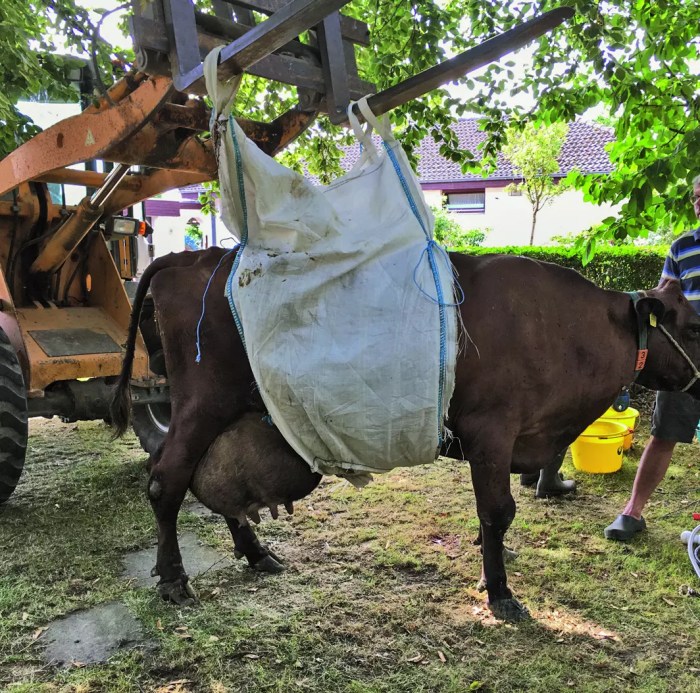
A cow sling is a specialized piece of equipment designed to assist in the safe and effective handling of downer cows.
Downer cows are those that are unable to stand or walk due to various factors such as illness, injury, or calving difficulties. The inability to move can lead to serious health complications if not addressed promptly.
Utilizing Cow Slings, Cow sling for downer cows
- Lifting and Moving:Cow slings provide a safe and efficient way to lift and move downer cows. The slings are attached to a hoist or other lifting mechanism, allowing the cow to be gently raised and transported to a suitable location for treatment or care.
- Preventing Injuries:When downer cows are unable to stand, they are at risk of developing pressure sores and other injuries. Cow slings help distribute the cow’s weight evenly, reducing pressure on specific areas and preventing discomfort.
- Providing Support:Cow slings provide support and stability to downer cows, allowing them to rest comfortably and recover. The slings can be adjusted to fit the size and shape of the cow, ensuring a secure and supportive fit.
- Veterinary Procedures:Cow slings are essential for performing various veterinary procedures on downer cows. They provide a stable platform for examinations, treatments, and surgeries, allowing veterinarians to work safely and efficiently.
Types of Cow Slings: Cow Sling For Downer Cows
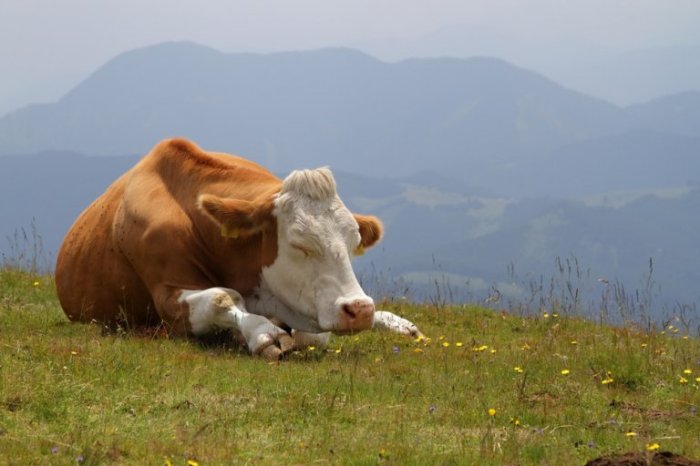
Cow slings come in a variety of types, each designed for specific applications and cow sizes. The choice of sling depends on factors such as the cow’s weight, condition, and the intended use.
The primary types of cow slings include:
Canvas Slings
- Made from durable canvas material, these slings are suitable for general-purpose lifting and moving of cows.
- They are relatively inexpensive and easy to clean and maintain.
Mesh Slings
- Constructed from breathable mesh fabric, these slings provide comfort and support for cows during prolonged suspension.
- They allow for air circulation, reducing the risk of heat stress and skin irritation.
Nylon Slings
- Made from strong and lightweight nylon webbing, these slings are ideal for lifting and transporting heavy cows.
- They are resistant to abrasion and moisture, making them suitable for outdoor use.
Leather Slings
- Constructed from genuine leather, these slings offer durability and comfort.
- They are often used for show cattle or in situations where aesthetics are important.
Cow Sling Design and Functionality

Cow slings are meticulously designed to ensure the safety and well-being of both the cow and the handlers. Their unique structure plays a pivotal role in facilitating effective cow handling, providing support, comfort, and control during various procedures.
Key Design Elements
- Lifting Straps:These heavy-duty straps bear the weight of the cow and are typically made of durable materials like nylon or polyester. Their length and width are carefully calculated to distribute the weight evenly, minimizing pressure points and ensuring cow comfort.
- Body Support:The sling’s body support provides a cradle-like structure that conforms to the cow’s body, offering support and preventing injuries. It is designed with padding or cushioning to enhance cow comfort and reduce the risk of skin abrasions.
- Leg Straps:Adjustable leg straps secure the cow’s legs, preventing them from flailing or kicking during handling. These straps are designed to provide a snug fit without causing discomfort or restricting blood flow.
- Lifting Mechanism:Cow slings are equipped with a lifting mechanism, such as a winch or hoist, that allows handlers to safely and efficiently lift and lower the cow. The lifting mechanism should be robust and reliable to ensure smooth and controlled operation.
The harmonious integration of these design elements ensures that cow slings provide a safe and comfortable environment for cows during handling, facilitating effective veterinary procedures, transportation, and other essential tasks.
Proper Fit and Adjustment
Proper fit and adjustment of the cow sling are crucial for ensuring cow safety and comfort. The sling should be snug enough to provide adequate support without restricting the cow’s movement or causing discomfort. The leg straps should be adjusted to secure the legs without cutting off circulation.
Regular inspections and adjustments are essential to maintain optimal fit and functionality.
Cow slings are essential for safely and effectively lifting downer cows, but did you know that the scope of practice for LPNs in North Carolina includes assisting with this procedure? According to the NC LPN Scope of Practice , LPNs are authorized to assist with the application and removal of cow slings under the supervision of a veterinarian.
This highlights the important role that LPNs play in the overall care and well-being of livestock.
Cow Sling Safety and Precautions
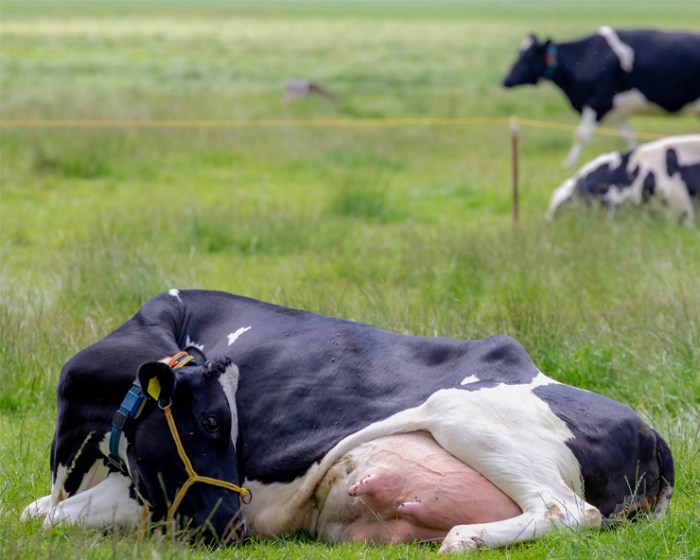
When using a cow sling, it’s imperative to prioritize safety for both the animal and the handlers. Here are some crucial precautions to consider:
Lifting and Transporting a Downer Cow
- Always ensure the sling is properly fitted and securely fastened to the lifting equipment.
- Never lift a cow with a damaged or defective sling.
- Use a lifting mechanism with sufficient capacity to safely lift the animal’s weight.
- When lifting, avoid sudden jerks or movements that could injure the cow.
- Keep the cow as level as possible during lifting and transportation.
- Monitor the cow’s condition throughout the process and make adjustments as necessary.
Potential Risks
Improper use of a cow sling can pose significant risks:
- Injury to the cow:Improper fitting or handling can cause bruising, fractures, or even paralysis.
- Injury to handlers:A heavy cow falling or struggling during lifting can injure handlers.
- Damage to the sling:Overloading or mishandling can damage the sling, rendering it unsafe for future use.
Cow Sling Maintenance and Storage
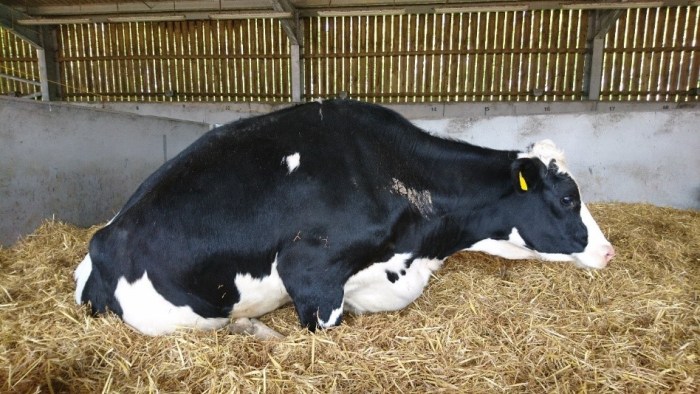
Regular cow sling maintenance is crucial for ensuring the safety and well-being of both the cow and the handlers. A well-maintained sling minimizes the risk of accidents and injuries, prolongs the sling’s lifespan, and maintains its effectiveness.
Cleaning and Inspection
- After each use, thoroughly clean the sling with a mild detergent and warm water to remove dirt, manure, and bodily fluids.
- Inspect the sling for any signs of damage, such as tears, cuts, or frayed edges. Replace any damaged slings immediately.
- Check the hardware, including buckles, straps, and hooks, for any signs of rust, corrosion, or wear. Replace any damaged hardware promptly.
Storage
- Store the sling in a clean, dry place, away from direct sunlight and moisture.
- Hang the sling from a designated hook or rack to prevent it from becoming tangled or damaged.
- Avoid folding or bending the sling excessively, as this can weaken the material and shorten its lifespan.
Cow Sling Alternatives
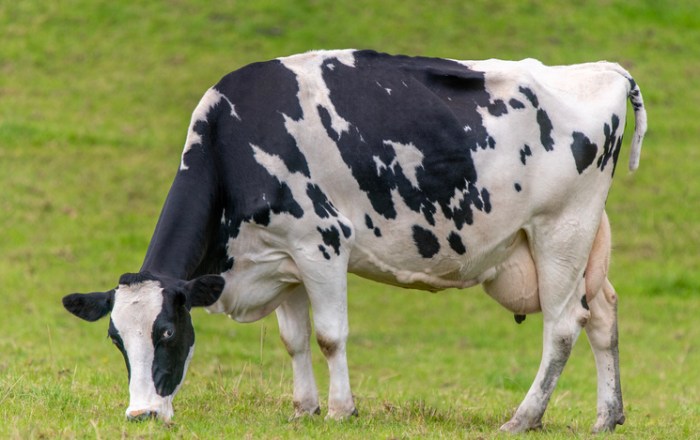
While cow slings are commonly used to handle downer cows, alternative methods can be employed in certain situations. These alternatives offer varying advantages and disadvantages, making them suitable for specific circumstances.
Mechanical Lifting Devices
Mechanical lifting devices, such as hydraulic lifts or cranes, provide a safe and efficient way to lift downer cows without the need for manual handling. Advantages include minimal physical effort required, reduced risk of injury to both the cow and handlers, and the ability to lift heavy or obese cows.
However, these devices can be expensive to purchase and maintain, and may not be readily available in all situations.
Canvas Slings
Canvas slings are similar to traditional cow slings but are made of durable canvas material. They offer the advantage of being lighter and more flexible than traditional slings, making them easier to handle and transport. Additionally, canvas slings can be used in situations where traditional slings may not fit, such as when the cow is in a confined space.
However, canvas slings may be less durable than traditional slings and may not be suitable for lifting heavy cows.
Improvised Lifting Systems
In emergency situations or when specialized equipment is not available, improvised lifting systems can be used to lift downer cows. These systems may involve using ropes, chains, or other materials to create a makeshift sling or lifting device. While improvised systems can be effective in a pinch, they require careful planning and execution to ensure the safety of both the cow and handlers.
It is crucial to assess the strength and suitability of the materials used and to ensure that the system is properly secured before lifting the cow.
Q&A
What is the primary purpose of a cow sling?
Cow slings are primarily used to lift and transport downer cows, which are cows that are unable to stand due to illness, injury, or other factors.
What are the different types of cow slings available?
There are several types of cow slings, including full-body slings,半身 slings, and leg slings. Each type is designed for specific purposes and provides varying levels of support.
How do I choose the right cow sling for my needs?
The choice of cow sling depends on the size and condition of the cow, as well as the specific handling requirements. It’s important to consult with a veterinarian or experienced cattle handler to determine the most appropriate sling.
What safety precautions should I take when using a cow sling?
When using a cow sling, it’s crucial to follow proper safety procedures, such as ensuring the sling is properly fitted, using adequate lifting equipment, and avoiding sudden movements.